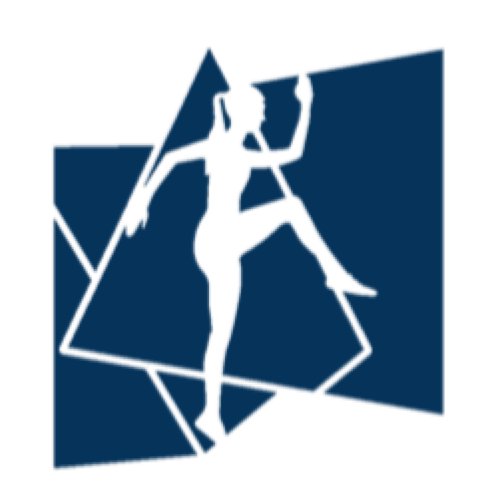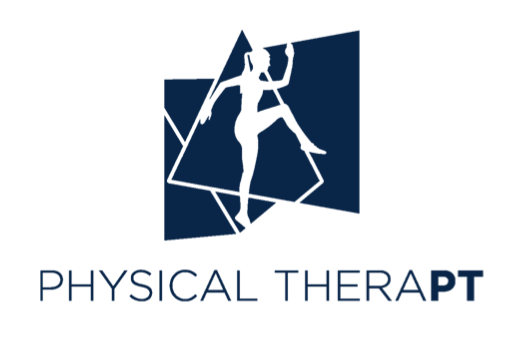Why all this wacky balance work? Injury doesn’t just impact bony or soft tissues; nerves are often impacted as well. Mechanoreceptors are sensory neurons found within joint capsular tissues, ligaments, tendons, muscles and skin. These cells respond to movement and touch, and contribute to our sense of proprioception, or a sense of where the body is in space. Proprioceptive training programs are effective at reducing the rate of ankle sprains in sporting participants, particularly those with a history of ankle sprain.
Lateral Ankle Sprains: Part II
The Lateral Ankle Sprain
Lateral or inversion ankle sprains are one of the most common ankle injuries. These injuries happen through an excessive inversion mechanism, or when the foot rolls to the outside. Eversion ankle sprains, or when the foot rolls to the inside, are much less common because of the anatomy of the joint; the body is naturally more resilient against this motion.
Finding Gratitude in Recovery
Setbacks, particularly injuries, suddenly make us realize everything we used to have. Our patients often share feelings of angry, frustration, regret and fear with us during their sessions. They often ask what they should have done, could have done better, to have avoided this outcome. But ultimately, injuries happen, even to the most prepared.
Losing, Better
We set big goals around here. When an injury occurs, it can feel like a failure. It’s challenging emotionally to cope with the loss of everything you’ve already invested in this season. For those of you on teams, this adds an extra layer of guilt and distress. Author Steve Magness outlines a plan he calls “How to Lose Productively” that translates to injury recovery.

